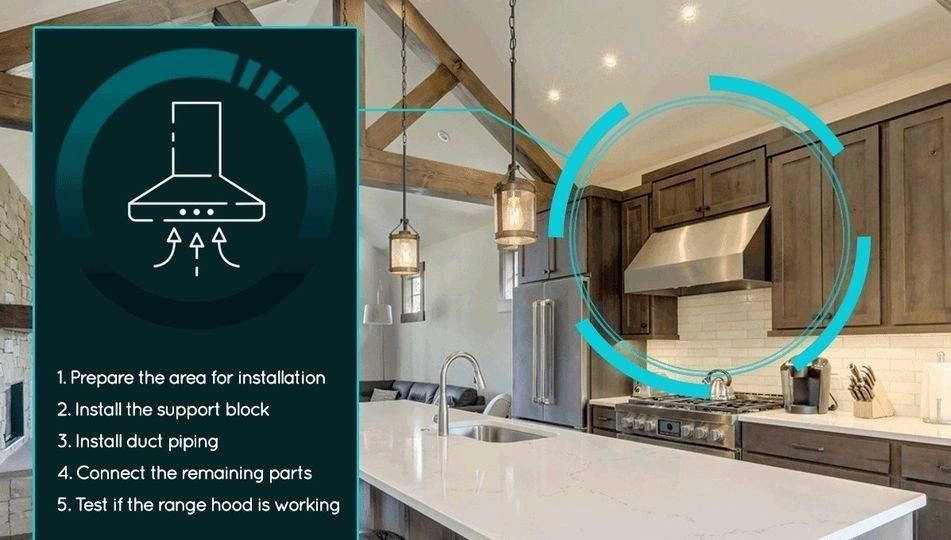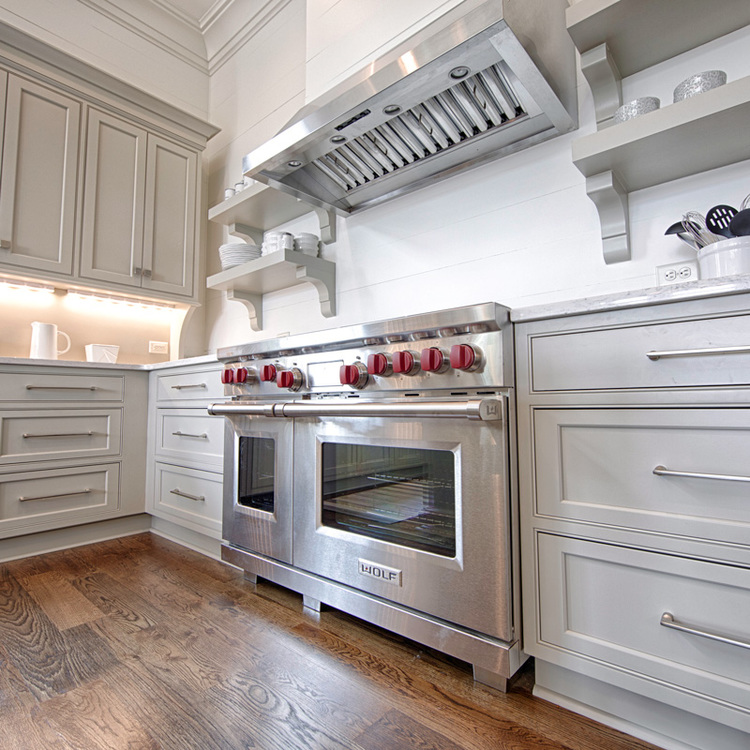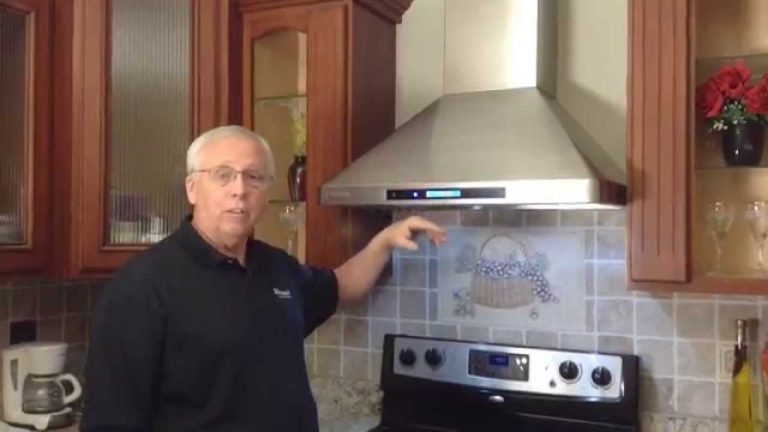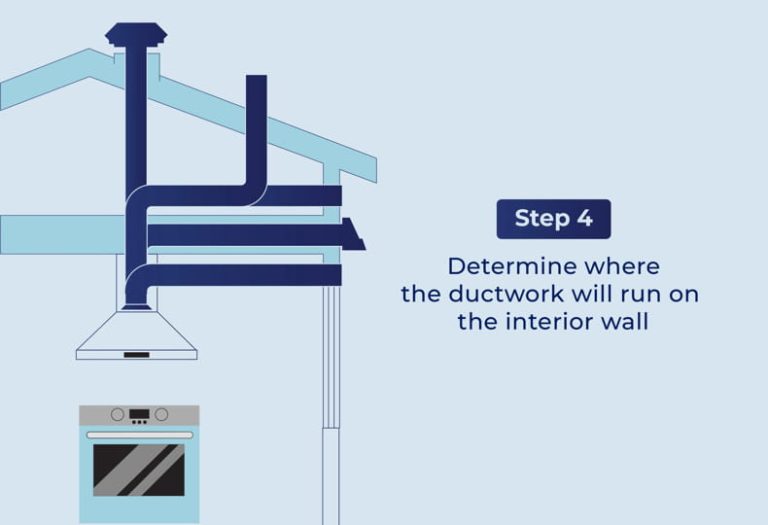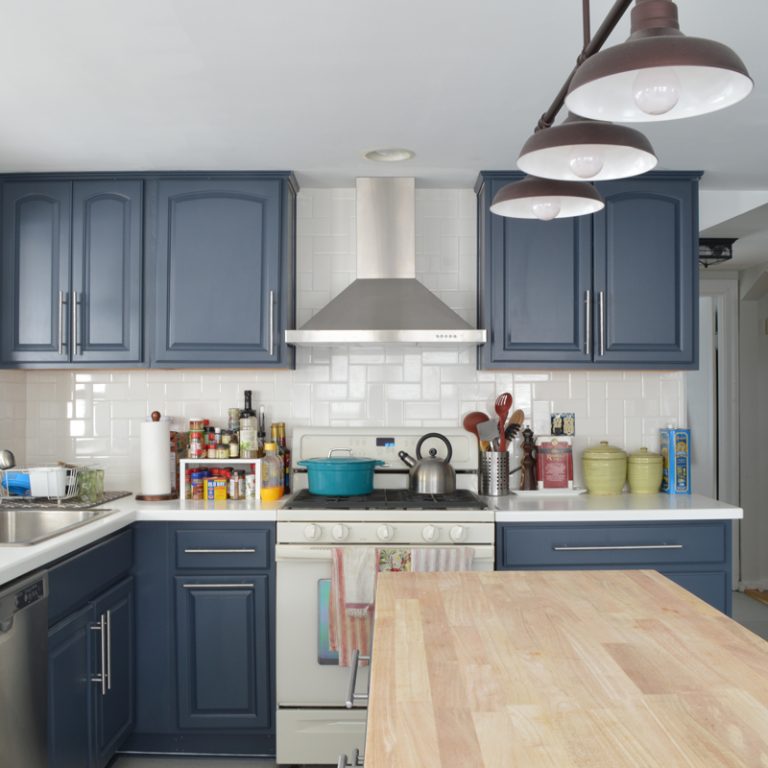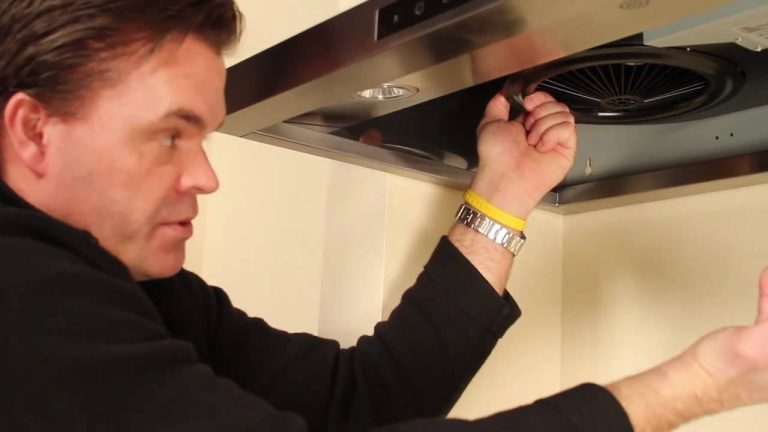To install a range hood on a vaulted ceiling, first, measure the height and mark the mounting location. Next, secure the hood to the ceiling using appropriate brackets and fasteners.
Installing a range hood on a vaulted ceiling can enhance your kitchen’s ventilation and aesthetics. A proper installation ensures optimal airflow and complements the unique architectural features of your space. Vaulted ceilings often require special considerations for height and angle.
Understanding the installation process can help prevent common pitfalls. This guide will walk you through the necessary steps, tools, and tips to achieve a successful installation. Whether you’re a DIY enthusiast or hiring a professional, knowing the basics will make the project smoother and more efficient. Let’s dive into the essential steps for a flawless range hood setup.
Credit: www.diychatroom.com
Introduction To Range Hoods And Vaulted Ceilings
Range hoods are essential for removing smoke, odors, and grease. They help keep your kitchen fresh and clean. Proper ventilation improves air quality. This is especially important in homes with vaulted ceilings.
Vaulted ceilings add beauty but create unique challenges. Installing a range hood can be tricky. The height may require special mounting solutions. Finding the right size and style is crucial.
Consider using a sloped ceiling adapter for proper installation. This accessory helps the range hood fit securely. Always check local building codes for requirements.
Pre-installation Considerations
Measuring the space is crucial. Start by determining the height of your vaulted ceiling. Next, measure the width and depth of the cooking area. This helps in selecting the right size for your range hood.
Choosing the correct range hood matters. Consider style, power, and ventilation type. A good fit will ensure efficient smoke removal and improve kitchen air quality.
Understanding local building codes is essential. Check for regulations regarding range hood installation. Compliance ensures safety and may prevent future issues.
Tools And Materials Needed
To install a range hood on a vaulted ceiling, gather the right tools and materials. Here’s a quick list of what you will need:
| Tools | Required Materials |
|---|---|
| Drill | Range hood |
| Screwdriver | Mounting bracket |
| Stud finder | Electrical wiring |
| Measuring tape | Vent ducting |
| Level | Connectors |
Make sure to have a ladder for easy access. Safety goggles protect your eyes while working.
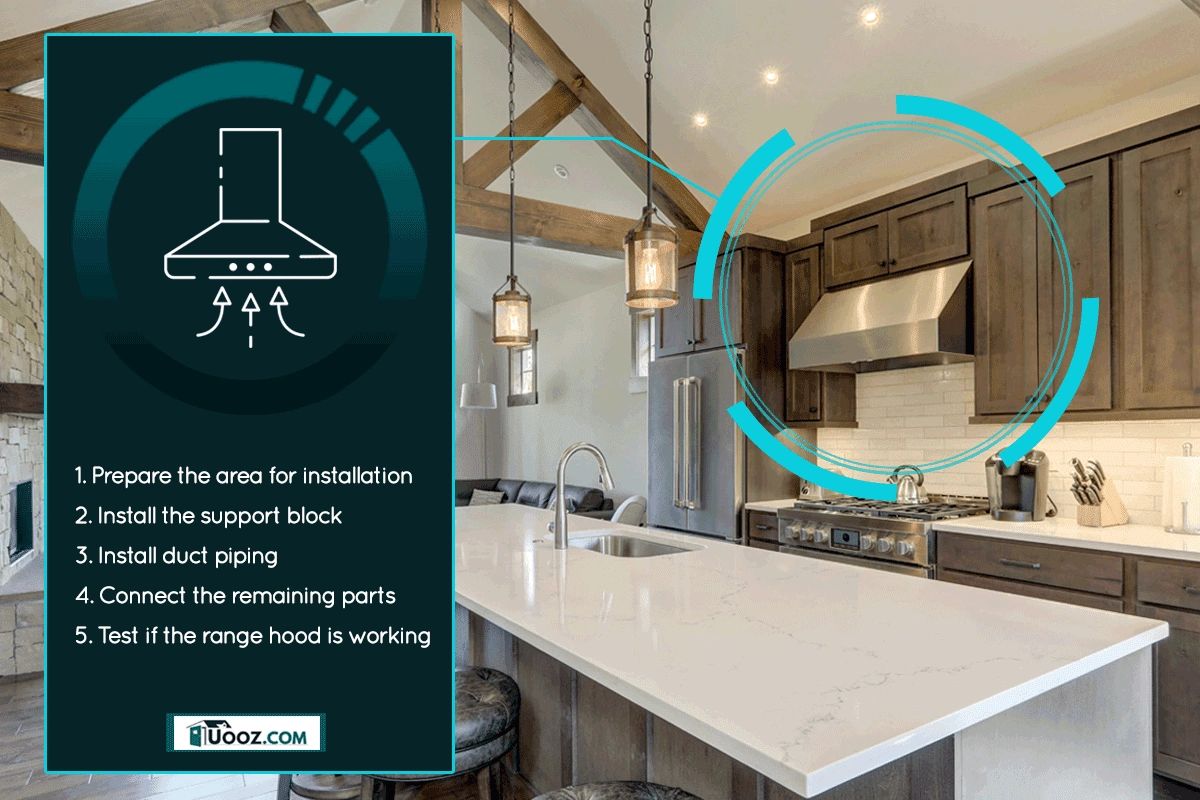
Credit: expert-appliancerepair-nc.com
Preparing For Installation
Always wear safety goggles and gloves during installation. Use a hard hat if needed.
Make sure the area is well-ventilated. Turn off the power supply before starting.
Gather all tools and materials in one place. This makes the process easier and faster.
Clear the workspace of any clutter. A clean area helps prevent accidents.
Check the ceiling height to ensure proper installation. Measure the distance from the cooking surface.
Identify where the ductwork will go. Proper planning avoids issues during installation.
Mounting The Range Hood
To mount the range hood, start by securing the mounting brackets. Use a level to ensure they are straight. Mark the spots where the screws will go. Drill holes and insert anchors if needed. Then, attach the brackets securely to the wall.
Adjusting for the ceiling angle is important. Measure the angle of the vaulted ceiling. Use a protractor or angle finder for accuracy. Cut the mounting plate to match the ceiling angle. This helps the range hood fit snugly against the ceiling.
Ductwork And Ventilation
Routing the ductwork is crucial for a successful installation. Start by measuring the distance from the range hood to the outside wall. Use flexible ducting for easy bends and turns. Ensure there are no sharp angles, as they can reduce airflow.
Proper ventilation helps keep your kitchen fresh. Install a fan that matches the size of your hood. Check local building codes for any specific requirements. A professional installer can help with tricky angles and long runs.
Test your system after installation. Ensure that air flows smoothly without any obstructions. Regular maintenance will keep your range hood working well.
Electrical Connections
Start by ensuring the power is off at the circuit breaker. This step is crucial for safety. Use a voltage tester to confirm no electricity flows to the wires.
Next, identify the electrical supply location. Run the wiring from the power source to the range hood. Use the proper gauge wire for your hood’s requirements.
Connect the wires according to the manufacturer’s instructions. Typically, this includes connecting black (hot), white (neutral), and green or bare (ground) wires. Make sure to secure all connections with wire nuts.
After wiring, double-check all connections. Restore power at the circuit breaker and test the range hood. Ensure it works properly without any issues.
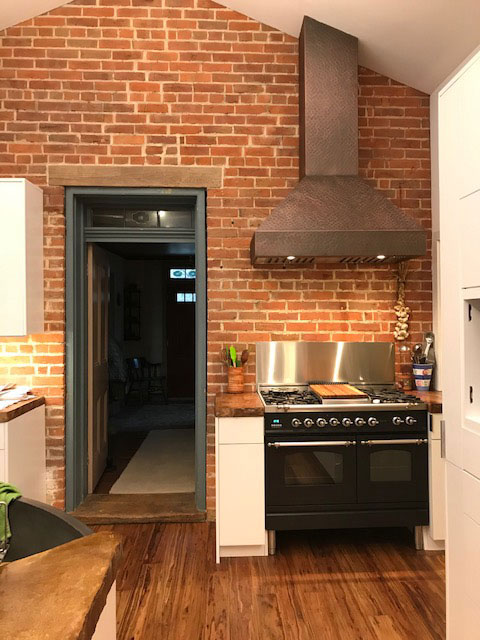
Credit: www.worldcoppersmith.com
Final Touches And Testing
Seal any gaps around the range hood using silicone caulk. This helps to keep air from leaking. Proper insulation is important for energy efficiency. Use insulation materials that fit well with your ceiling type.
For operational testing, turn on the range hood. Check if it works smoothly and quietly. Listen for any unusual sounds. Verify that the lights function properly. Make sure the fan effectively removes smoke and odors. Adjust settings if necessary.
Maintenance Tips For Range Hoods
Regular cleaning keeps your range hood working well. Use a soft cloth and mild soap. Clean the filters monthly to remove grease. Soak metal filters in hot, soapy water for easier cleaning. Rinse them well and let them dry completely.
Troubleshooting common issues can save time. If the hood makes strange noises, check for loose parts. Clean the fan blades to ensure smooth operation. If it doesn’t turn on, check the power supply and switches. Replace burnt-out bulbs to improve lighting.
Check for proper ventilation to avoid buildup of smoke and odors. Ensure the ductwork is clear and free from obstructions. Regular maintenance helps your hood last longer and work better.
Frequently Asked Questions
How Do I Choose The Right Range Hood For A Vaulted Ceiling?
Selecting the right range hood for a vaulted ceiling involves considering both style and function. Look for models with adjustable mounting heights and powerful ventilation. Ensure the hood matches your kitchen’s aesthetics and has sufficient CFM (cubic feet per minute) for effective smoke and odor removal.
What Tools Do I Need To Install A Range Hood?
To install a range hood, you will typically need a drill, screwdriver, level, measuring tape, and a stud finder. Depending on the installation type, you may also require ducting materials or electrical tools for wiring. Having these tools ready will streamline the installation process and ensure accuracy.
Can I Install A Range Hood Myself?
Yes, you can install a range hood yourself if you have basic DIY skills. However, ensure you follow the manufacturer’s instructions carefully. If electrical work is involved, consider hiring a professional. Proper installation is crucial for safety and optimal performance of the range hood.
How High Should A Range Hood Be Above The Cooktop?
The ideal height for a range hood above a cooktop is typically 24 to 30 inches. This height allows effective ventilation while maintaining easy access to your cooking area. However, for vaulted ceilings, adjustments might be needed based on the slope and design of your ceiling.
Conclusion
Installing a range hood on a vaulted ceiling can elevate both style and functionality in your kitchen. With careful planning and the right tools, the process becomes manageable. Follow the steps outlined, and enjoy improved ventilation and aesthetics. A well-installed range hood enhances your cooking experience and keeps your kitchen fresh.
